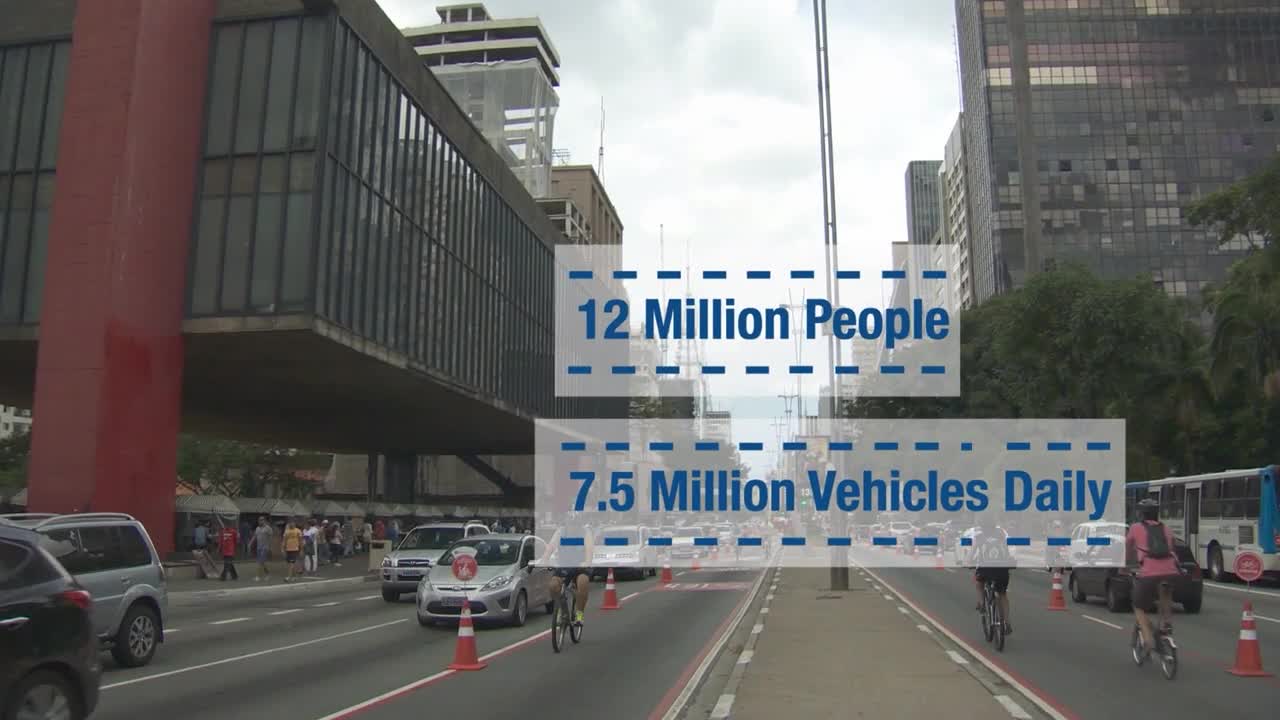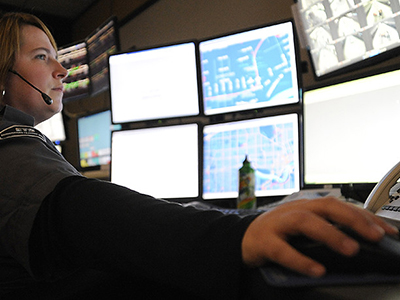Hexagon keeps traffic moving smoothly in São Paulo
São Paulo’s Traffic Engineering Company (CET) deploys Hexagon’s computer-aided dispatch (CAD) system to improve planning, operations and analysis

The challenge
São Paulo has the fourth-heaviest traffic in the world. With 17,700 kilometers of roads and 7.8 million vehicles, combined daily traffic congestion can exceed nearly 300 kilometers. Major sporting and entertainment events, such as Carnival, put even greater pressure on the city’s traffic system.
CET responds to more than 13,000 traffic incidents each day. There are 700 field agents that respond to accidents, enforce parking laws and perform other duties needed to serve the city’s more than 12 million residents, plus millions of tourists each year.
However, CET’s in-house dispatch system only registered 1,200 daily incidents and CET had no map-based resource management capabilities or visibility to agents. All communications with the field occurred via radio, and some information was recorded on paper. CET’s goal was to deploy a new system that would improve response times by georeferencing information and automating complex workflows, including interaction with existing systems – CET’s legacy systems and those of other agencies.
The solution
CET chose Hexagon’s computer-aided dispatch (CAD) system in its new traffic operations center. The system has enabled CET to transmit incident information in real time between the operations center and field agents. Dispatchers can visualize events georeferenced on a map and manage resources more efficiently. Residents can call CET directly to report traffic light malfunctions, accidents, potholes and other issues.
Incident data is also available to 15 other CET facilities across the city thanks to Hexagon’s key application for accessing real-time incident information via the web. CET also deployed geospatial analysis tools to unlock and analyze data to report on previous events and improve future incident management.
Efforts like these pave the way for future growth while avoiding unnecessary interruptions to safe and efficient traffic flow, which is important in a city the size of São Paulo.


